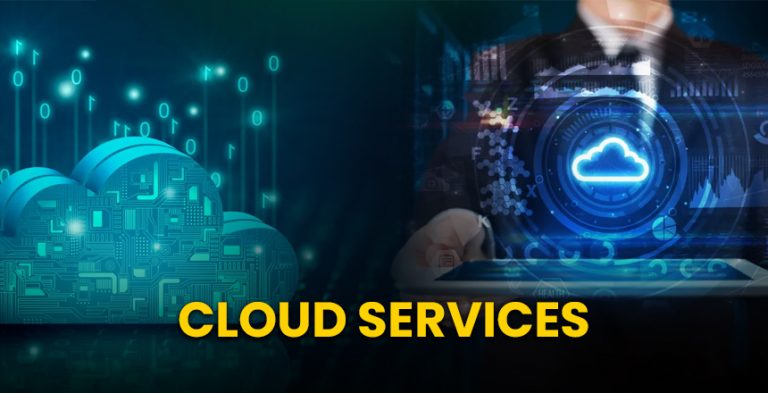Today, since data is seen as the new oil, being able to extract, clean, analyze and display data has never been more significant. If there is a language data scientists often turn to, it’s Python.
Learning data science with Python is a great choice for your career, whether you’re just starting in programming or are fairly experienced. The blog will outline the reasons why Python fits data science, discuss what you should study and guide you through each step of getting involved.
Why is Python chosen for Data Science?
It’s for a good reason that Python is known as the main language of data science. In fact, there are a variety of different types:
1. Making information easy to read
Python is designed so that beginning programmers can follow its syntax with ease. If it’s your first program, complex structures aren’t necessary. You will find this especially useful when you work on tough concepts such as machine learning or data manipulation.
2. Powerful Libraries
The world of data science benefits greatly from the large collection of Python libraries. There’s a lot to do with Python, from data handling with NumPy and Pandas, to visualization with Matplotlib and Seaborn and machine learning using Scikit-learn, TensorFlow or PyTorch.
3. Community and help are crucial to dealing with cancer.
Because it is such a popular programming language, Python has a large and loyal community. If you’re confused about coding or looking to learn something new, all you need to do is go to Google and search.
What Topic Should You Focus on First?
Working with data science and Python means you do more than code. It requires gaining several skills in statistics, data visualization and machine learning, along with being able to solve practical problems. Take a look at this roadmap for help:
1. Python Basics
Before you start with data science, it’s important to learn some Python basics.
Terms like variables and data types
- You’ll need to understand how and when to use conditional statements and loops.
- Functions and class
- There are three types in Python called lists, dictionaries and tuples.
You can start with resources like Python.org’s tutorials or W3Schools and Codecademy and all of this is completely FREE.
2. Data Handling Libraries
When you’ve understood the Python basics, move on to learning essential data science libraries.
- NumPy helps with working with numerical information and arrays.
- Pandas assist with working with, cleaning and altering data frames.
- Working with Excel files requires either OpenPyXL or xlrd.
- To acquire data from the web, I use requests and BeautifulSoup.
3. Data Visualization
Unless data is shown in a graph or chart, it’s just not very exciting. Work on your presentation skills for data by using:
- Matplotlib was the first plotting library used in Python.
- Seaborn relies on Matplotlib but gives plots a more attractive design.
- Use Plotly if you want interactive charts.
4. Topics covered included statistics and mathematics
Good knowledge of statistics and linear algebra lets you know how your models work inside.
The statistics used are mean, median, mode and standard deviation
- Probability, distributions
- Hypothesis testing
- Relationships instead of reasons
5. Getting Familiar with Machine Learning
As soon as you feel confident performing data tasks and analysis, try discovering machine learning:
- Supervised learning is set apart from unsupervised learning.
- Dividing Data With Classification and Regression
- Grouping data and making it simple to handle
Important packages: Scikit-learn, XGBoost and TensorFlow (if using TensorFlow are using TensorFlow)
Projects Are Key to Learning
Having a good understanding relies more on putting what you have learned into practice. Begin with simple projects in the beginning.
- Review and Track COVID-19 cases
- Estimate home prices
- Construct a system that makes recommendations.
- Develop a chatbot by following the instructions.
- Picture in your mind how people’s decisions can affect global temperatures
Even more helpful—practice on data downloaded from Kaggle or the UCI Machine Learning Repository. Add all your projects to GitHub and make a portfolio that displays what you are good at.
Where You Should Learn
There are excellent websites to help you learn data science with Python:
1. Coursera and edX
If you are a beginner, you can easily start with courses from IBM or Harvard.
2. The Institute of Finance and Data Analytics is known as IFDA.
Anyone seeking a course that helps them get into the job market right away, should consider IFDA. They stress activities that use actual tools, real data and applications used by data scientists. Having mentorship, support and placement assistance matters a lot to fresh beginners.
3. YouTube Channels
Krish Naik, Corey Schafer and Tech With Tim create some of the best free content for independent learners.
4. Books
Do not think a good book is always minor. Try:
Python for Data Analysis is written by Wes McKinney.
If you want to use ML with Scikit-Learn, Keras for TensorFlow, then Aurélien Géron’s book is for you.
Some last tips for newcomers
- Don’t rush. It’s best to understand the basics before studying complicated algorithms.
- Practice regularly. Just 30 minutes each day provides a good workout.
- Learn how to use actual data sets. Don’t limit yourself to toy examples alone.
- Join communities. On Reddit, Stack Overflow and LinkedIn groups, don’t hesitate to ask for advice and report on what you’ve accomplished.
- Build an online collection of your artwork. It gives you an edge when you’re applying for a position.
Wrapping Up
Learning the basics of data science in Python takes time and can’t be done quickly. What’s especially great about it? You don’t have to be deeply involved in math or coding before trying them. This field is accessible to people who take advantage of good resources, practice regularly and remain curious.
Go ahead and open your Python notebook, find a dataset you like and start analyzing it. It may only take a little bit of coding to start building your future as a data scientist.







